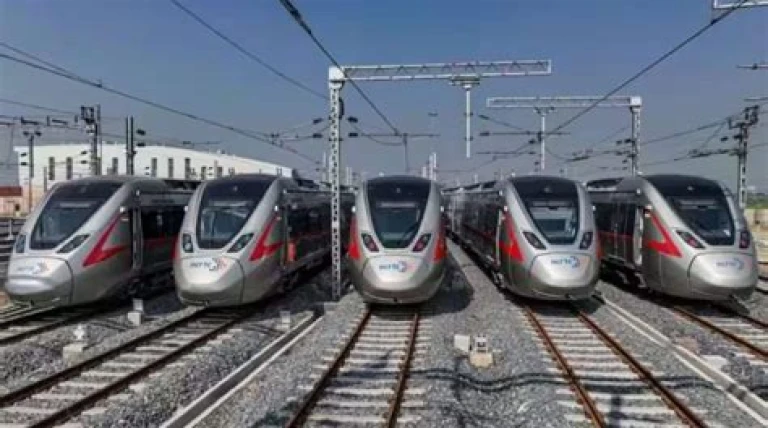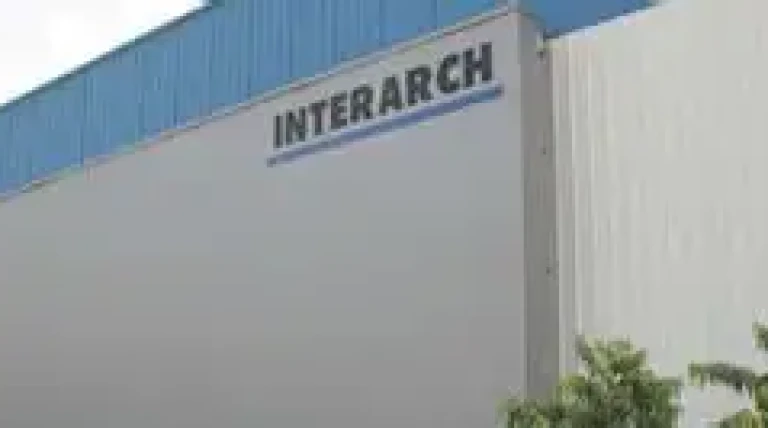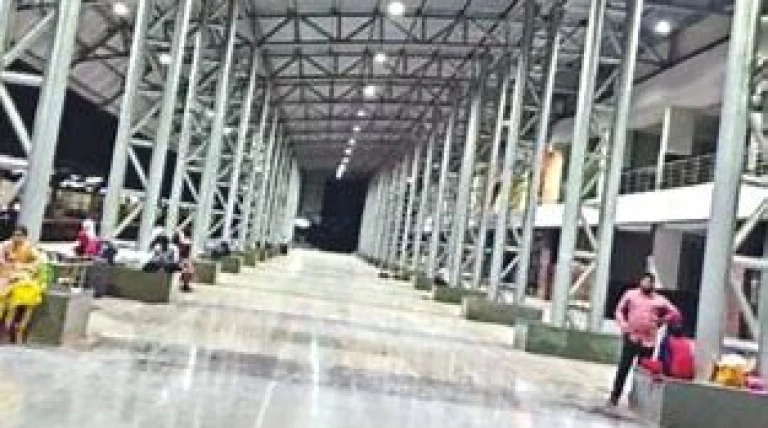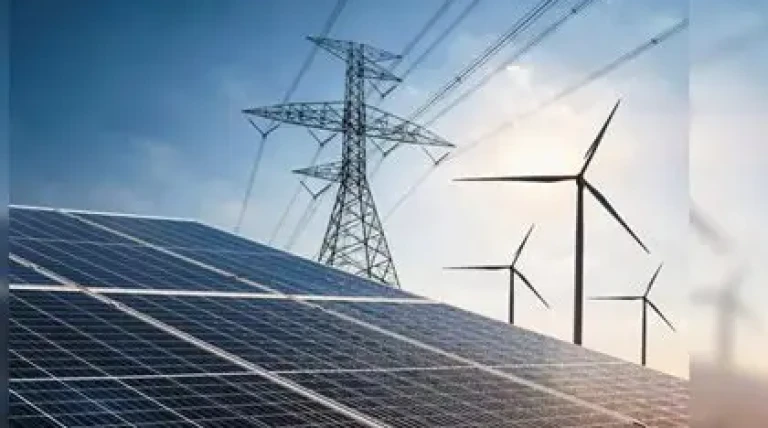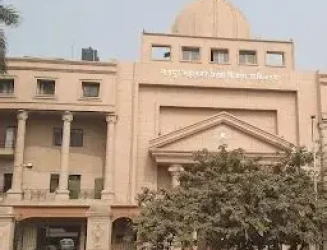The 82-km Delhi-Ghaziabad-Meerut Regional Rapid Transit System (RRTS) Namo Bharat corridor is nearing completion, with approximately 55 km already operational. This high-speed corridor utilizes a precast slab track system—an advanced alternative to conventional ballastless tracks—designed to support trains running at speeds of up to 160 kmph.
According to the National Capital Region Transport Corporation (NCRTC), the final track installation across the corridor is in its last stages and will be completed soon, marking a major milestone. Since the commencement of operations on October 21, 2023, Namo Bharat trains have carried around 66 lakh passengers.
Trial runs between Meerut South and Shatabdi Nagar began in February, with testing on the final section from Anand Vihar to Sarai Kale Khan in Delhi set to begin soon. Additionally, Meerut will have a dedicated metro service running on the same infrastructure, with extensive trials already underway. The corridor spans 70 km on elevated tracks and 12 km underground. The precast slab track system was chosen for its durability, lower maintenance needs, ease of replacement, and sustainability benefits.
Unlike traditional in situ ballastless tracks used in metro systems, the Namo Bharat corridor—featuring stations every 5-10 km and high-speed operations—required a more advanced system. For this project, 44,000 precast slabs were produced at a 45,000 sq. ft. factory in Meerut equipped with state-of-the-art automation and machinery.
Extending from Sarai Kale Khan in Delhi to Modipuram in Meerut, the corridor includes 16 Namo Bharat stations and nine additional stations for the Meerut Metro. Delhi’s third RRTS station, Sarai Kale Khan, is expected to be operational by June 2025.
News by Rahul Yelligetti.
![{[setting('site_name')]}](https://projxnews.com/uploads/setting/16983847711140531930.webp)
